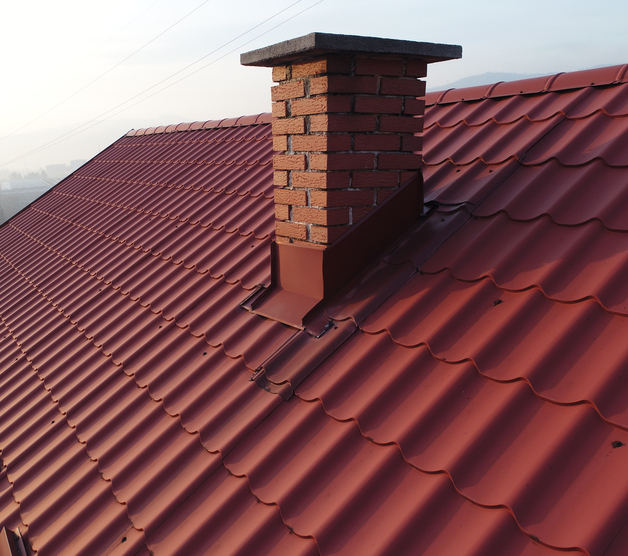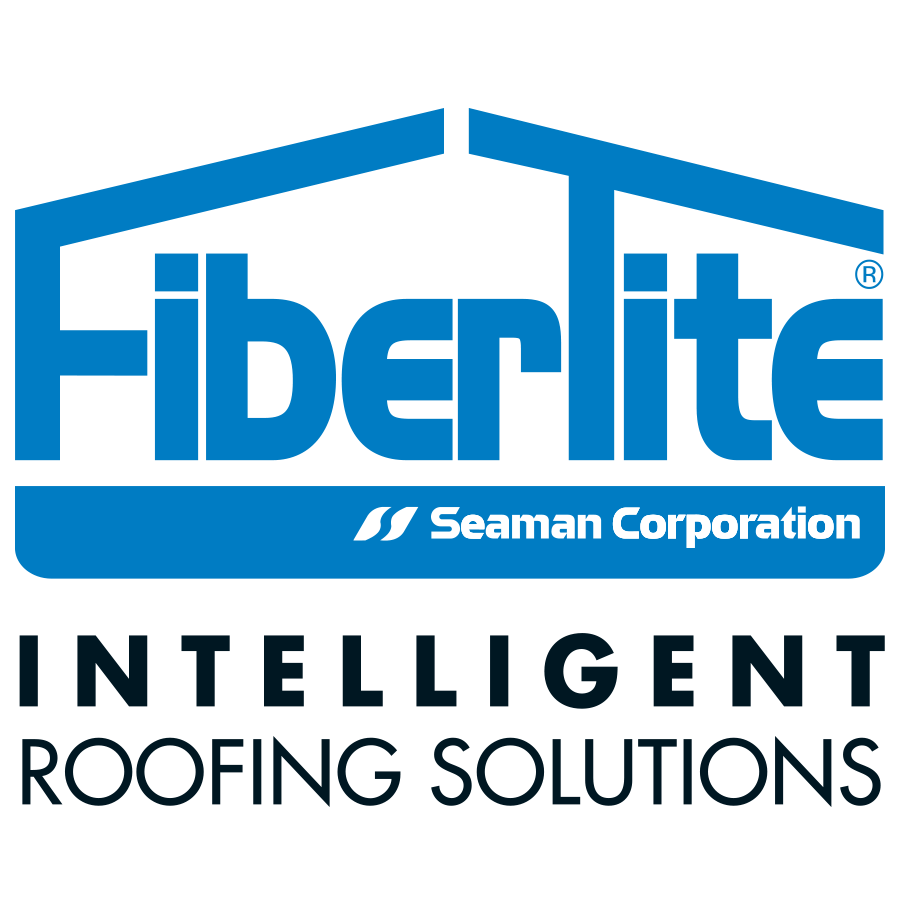
Roof ventilation might not be the first thing that comes to mind when you think about home comfort or energy efficiency. But here at Eason Roofing, we understand that a well-ventilated roof plays an indispensable role in creating a comfortable indoor environment while reducing energy consumption.
A Breathing Space for Your Home
Think of your home as a living entity. Just as we need to breathe, so does your house. A properly ventilated roof allows your home to ‘inhale’ fresh air and ‘exhale’ stale, warm air. This continuous circulation ensures that the attic space doesn’t become a hotbed for moisture accumulation, which can be detrimental to both your roof’s longevity and your home’s overall comfort.
A Game Changer for Energy Efficiency
When your roof doesn’t breathe right, the attic space can become incredibly hot, especially during the sun-soaked summer months. This sweltering heat doesn’t just stay in the attic; it seeps into your living spaces, forcing your air conditioning to work overtime. The result? Hefty energy bills. By ensuring effective roof ventilation, you prevent the attic from becoming a furnace. As the hot air is allowed to escape, there’s less heat migration to the rest of the home, and your cooling system doesn’t have to strain to maintain a pleasant temperature. Over time, this not only cuts down your energy bills but also reduces the wear and tear on your HVAC system.
Tackling Moisture and its Nasty Effects
Moisture is a home’s silent adversary. Left unchecked, it can lead to a myriad of issues like mold, mildew, wood rot, and a decrease in indoor air quality. During the cold months, warm indoor air rises and meets the cold surface of the roof, leading to condensation. Without proper ventilation, this moisture can be trapped within the attic, setting the stage for these problems. By promoting effective air circulation, roof ventilation wicks away this moisture, ensuring that your home remains dry and free from potential health hazards.
The Comfort Factor
We’ve all experienced rooms that feel stuffy or are just difficult to cool down during the summer. Many times, this discomfort arises from inadequate roof ventilation. When the roof traps heat, it’s not just the attic that suffers. This heat permeates downward, making rooms uncomfortable and leading to uneven temperatures across the house. Effective ventilation alleviates this problem, promoting a uniform and comfortable temperature throughout your home.
Not All Ventilation is Created Equal
At Eason Roofing, we emphasize that just having roof vents isn’t the endgame. It’s about having the right kind of ventilation that’s suitably designed for your home’s unique architecture and climatic conditions. It’s a balance between intake vents (that let fresh air in) and exhaust vents (that allow warm, stale air to escape). Striking this balance ensures optimal airflow and makes all the difference in achieving the energy efficiency and comfort goals we’ve discussed.
Unlocking the Secrets of Roof Ventilation: Eason Roofing Explains
Roofing, for most homeowners, is a combination of aesthetics, protection, and function. Yet, beneath the shingles and beautiful exteriors lie critical components like ventilation. Here at Eason Roofing, we field a myriad of questions about the importance of roof ventilation. Let’s dive into the whys and hows of this essential roofing element.
Why is ventilation so important in the roof?
- Temperature Control: Proper ventilation ensures that the attic doesn’t become a sweltering cauldron in the summers or a moisture trap in the winters. It maintains an even temperature, making homes more comfortable.
- Preventing Moisture Damage: A well-ventilated roof allows moisture to escape. This is vital because accumulated moisture can lead to problems like mold, mildew, and even structural damage.
- Extending Roof Lifespan: Heat and moisture can degrade roofing materials over time. By ensuring a continuous airflow, the longevity of roofing materials is enhanced.
What is the purpose for roof ventilation and how does it work?
- Purpose: Roof ventilation aims to establish a balance between air intake and exhaust. This balance ensures that fresh, cool air continually replaces the warm, moist air, preventing any stagnation or accumulation.
- Function: Roof ventilation systems generally comprise two types of vents: intake vents (usually located at the roof’s lowest edge) and exhaust vents (at the peak). As warm air rises and escapes through the exhaust vents, cool air gets drawn in through the intake vents, creating a natural circulation.
Why is ventilation so important to the effectiveness of insulation in a building?
- Optimal Insulation Performance: Moisture is insulation’s nemesis. When insulation becomes damp or wet, it loses its efficacy. Proper ventilation ensures that moisture is kept at bay, allowing insulation to function optimally.
- Preventing Mold and Mildew: A damp environment is a breeding ground for mold and mildew. As ventilation keeps insulation dry, it indirectly prevents these potential health hazards.
- Energy Efficiency: Wet insulation has a reduced R-value, meaning it’s less effective in preventing heat transfer. Dry and effective insulation, facilitated by good ventilation, ensures homes stay warmer in the winters and cooler in the summers, thereby aiding in energy conservation.
Are roof vents energy efficient?
- Yes, They Are! Roof vents might seem like minor additions, but their impact on energy efficiency is noteworthy. Here’s why:
- Natural Temperature Regulation: By preventing the attic from overheating, roof vents reduce the need for air conditioning systems to work overtime during hot months.
- Protecting the HVAC: As homes maintain a more stable and desirable temperature due to efficient roof ventilation, the overall strain on heating, ventilation, and air conditioning systems is reduced, leading to less energy consumption and longer HVAC system lifespan.
- Cost Savings: With optimized insulation performance and reduced HVAC strain, homeowners often notice a significant reduction in energy bills.
Roof ventilation, as we’ve seen, plays an instrumental role in not just maintaining the health and longevity of a roof but also in ensuring a comfortable and energy-efficient living space. It’s not just about placing a few vents here and there; it’s about understanding the science behind it. At Eason Roofing, we take pride in our deep knowledge of roofing systems and are always here to guide homeowners in making informed decisions.
Contact Us Today!
While roof ventilation might seem like a minor detail in the grand scheme of home design, its impact on energy efficiency and indoor comfort is monumental. It’s an investment that pays off in the form of reduced energy bills, prolonged roof life, enhanced comfort, and a healthier living environment. Here at Eason Roofing, we’re committed to helping you understand and implement the best roofing solutions, ensuring that your home remains a sanctuary of comfort and efficiency for years to come.





